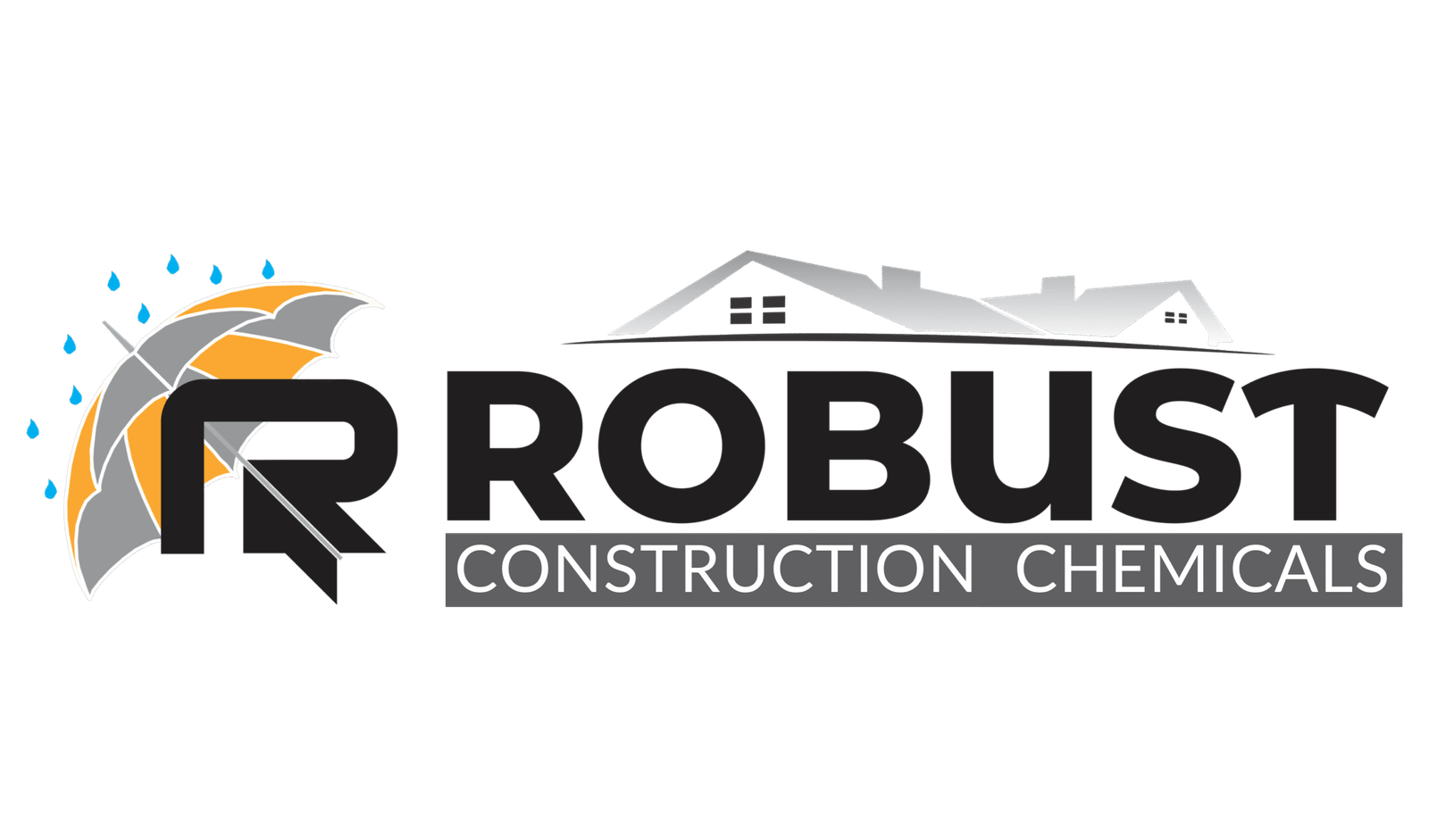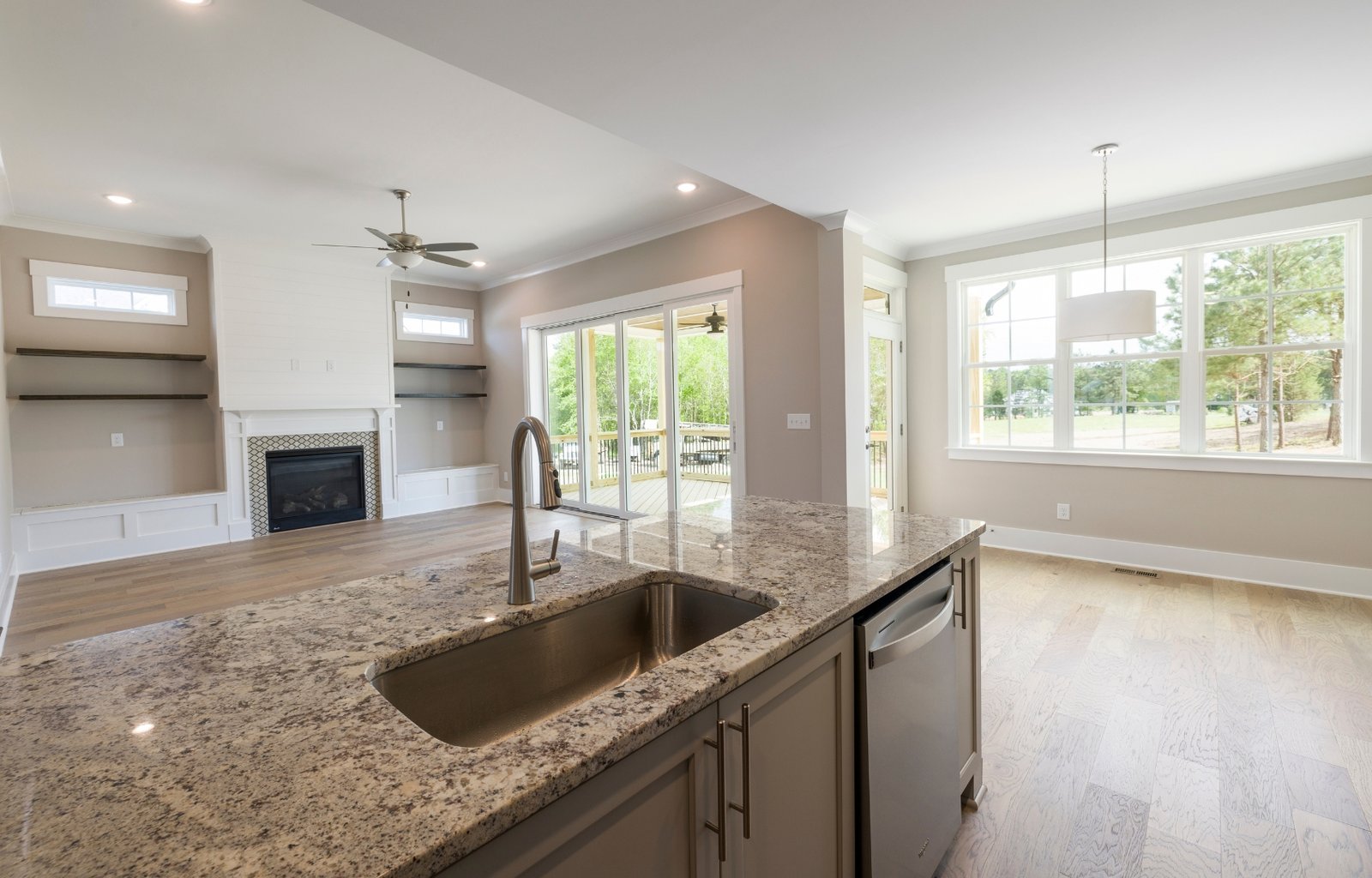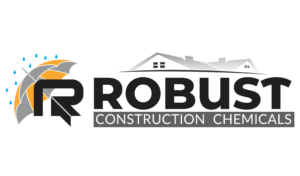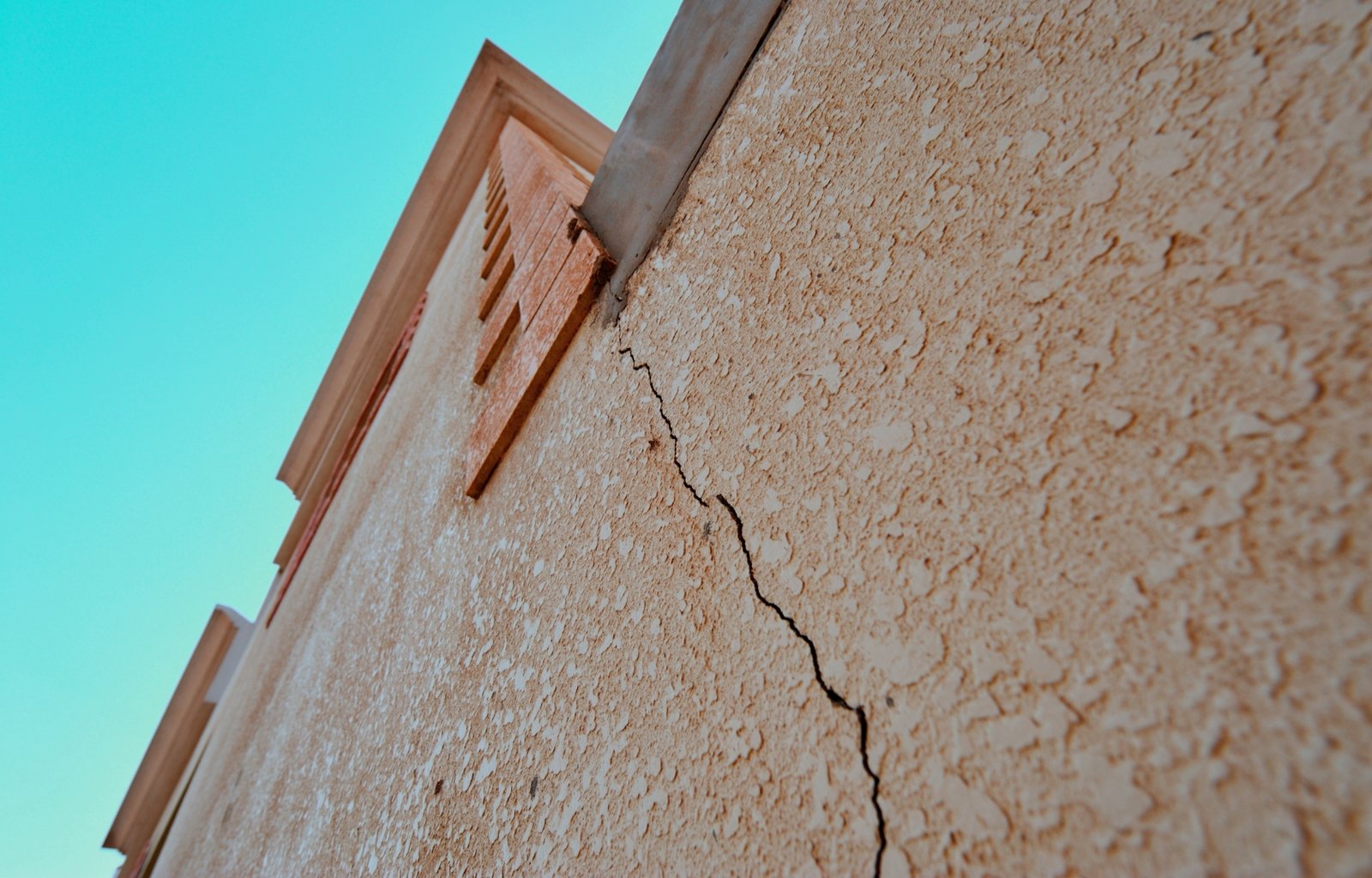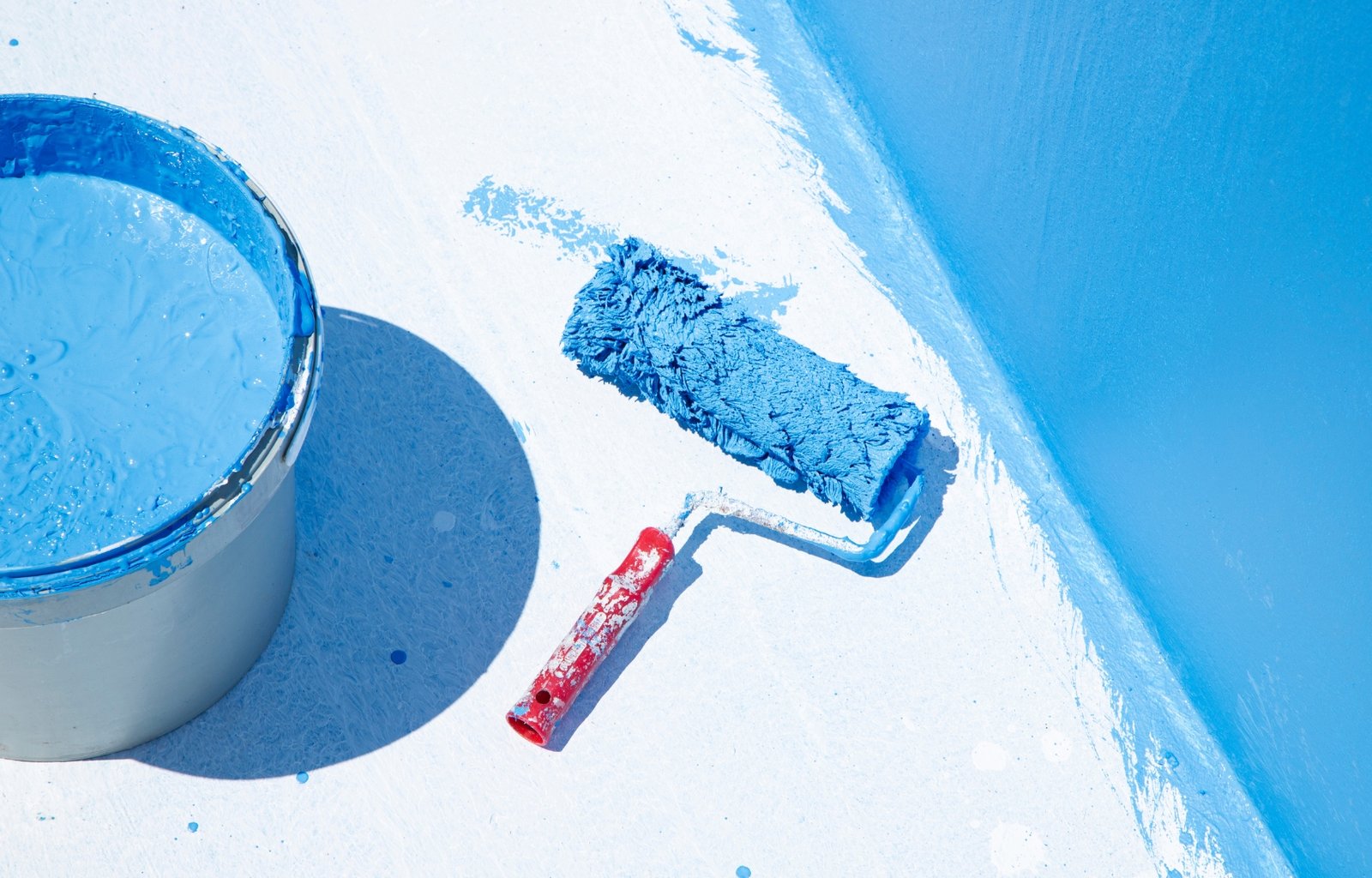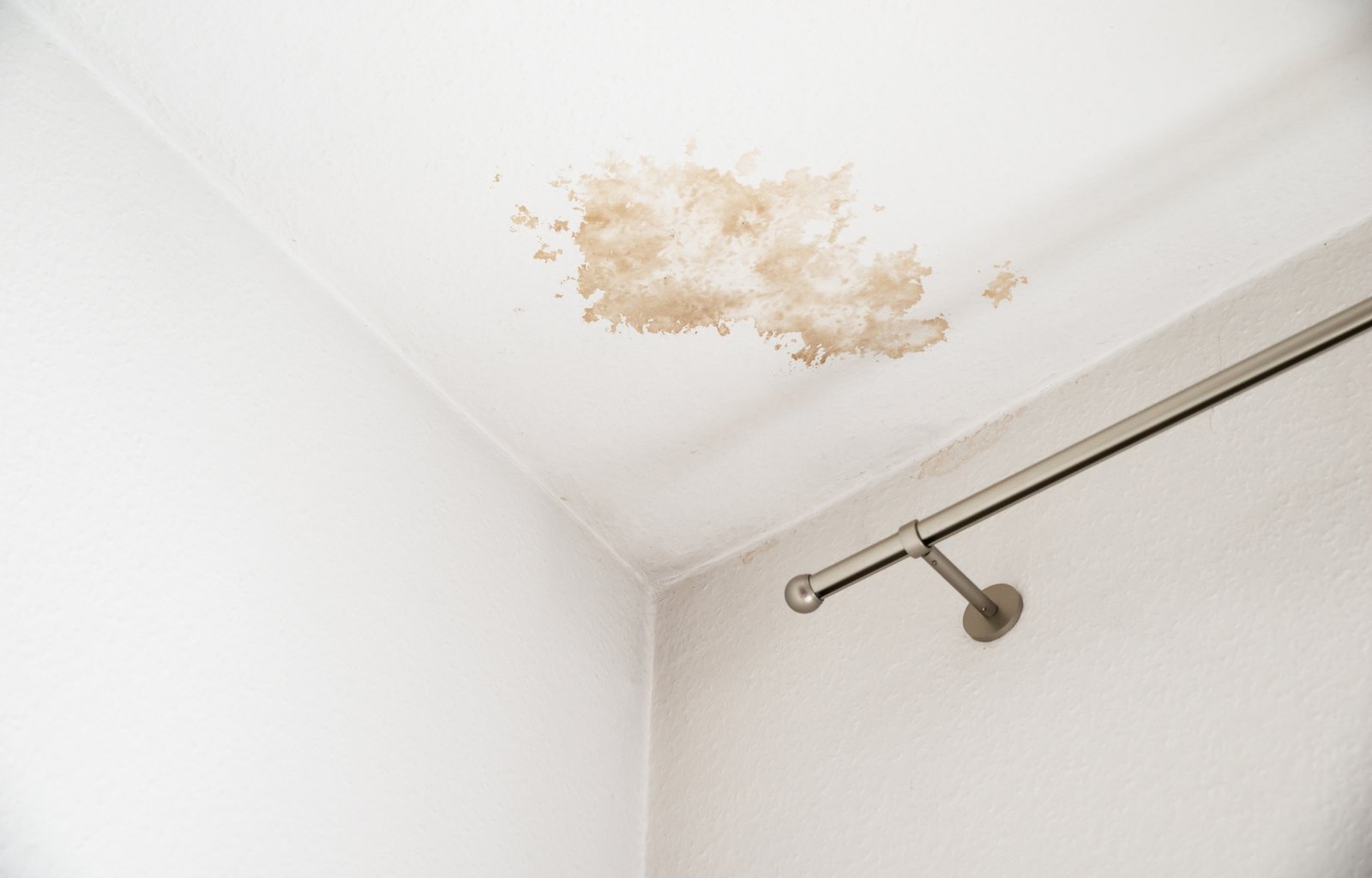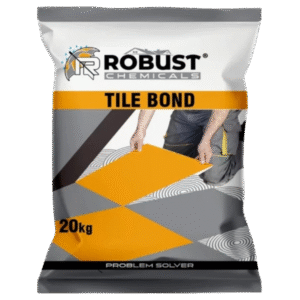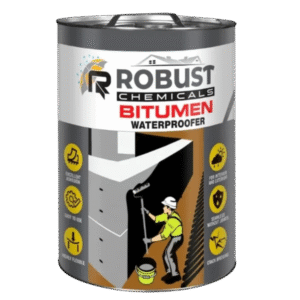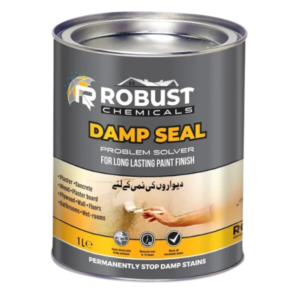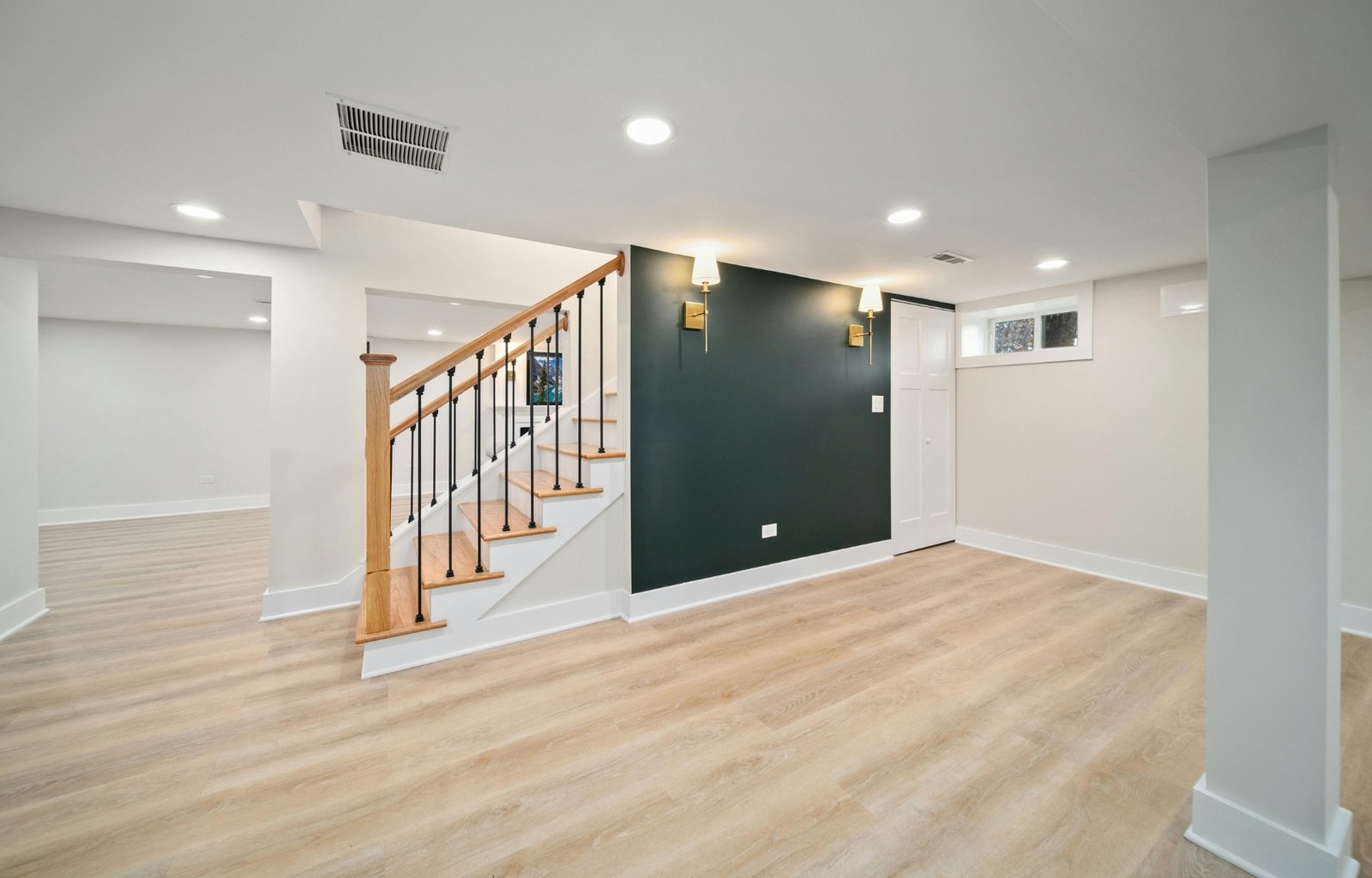Top Waterproofing Tips to Protect. Waterproofing is essential to maintain the longevity of your home, especially in high-moisture areas like bathrooms and kitchens.
Without proper precautions, water seepage can lead to mold, mildew, and structural damage. That’s why homeowners must follow the top waterproofing tips to protect their interiors from expensive repairs.
In this guide, we will explore reliable solutions to prevent water damage and keep your home healthy. Investing in waterproofing not only improves durability but also boosts the value and comfort of your property.
Seal Moisture Entry
One of the top waterproofing tips to protect your bathroom and kitchen is to seal all moisture entry points effectively. Cracks, gaps, and poorly sealed fixtures allow water to seep in, causing long-term damage.
Use high-quality silicone caulk around sinks, tubs, and countertops to block water infiltration. Check for any wall or tile damage that may act as hidden entryways.
By sealing these vulnerable spots, you create a strong barrier against water damage, keeping your spaces dry, clean, and structurally safe.
Prevent Water Damage
Water damage can silently destroy your home, leading to costly repairs and health hazards. One of the top waterproofing tips to protect your bathroom and kitchen is identifying leaks early and sealing them effectively.
Regularly inspect pipes, faucets, and corners where water collects. Use high-quality sealants around sinks, tubs, and tiles to stop water from seeping into walls or floors.
Preventing water damage starts with routine maintenance and smart material choices, helping you maintain a clean, dry, and damage-free environment for years to come.
Protect Wet Areas
Bathrooms and kitchens are the most moisture-prone zones in any home, making it essential to protect wet areas before damage occurs.
Following the top waterproofing tips to protect these spaces helps you avoid costly issues like water stains, mold, and structural weakening. Proper sealing of joints, tile grout, and under-sink areas can significantly reduce water intrusion.
Using waterproof membranes and high-quality caulking around wet spots provides long-term defense. Prioritizing prevention now ensures your home stays strong, dry, and damage-free for years.
Block Hidden Leaks
One of the top waterproofing tips to protect your bathroom and kitchen is to block hidden leaks before they escalate.
These leaks often go unnoticed behind walls, under sinks, or beneath tiles, silently damaging your structure and encouraging mold growth. Regular inspections, moisture detectors, and sealing joints with waterproof compounds can prevent these issues.
Addressing plumbing vulnerabilities early ensures long-term protection and savings. Don’t wait for visible signs—hidden leaks are silent threats that require proactive solutions to keep your home dry, safe, and structurally sound.
Control Mold Growth
Mold thrives in damp, poorly ventilated areas like bathrooms and kitchens, making prevention a top priority for homeowners.
One of the top waterproofing tips to protect these spaces is to seal cracks, fix leaks promptly, and use mold-resistant coatings. Proper ventilation, such as exhaust fans, also plays a vital role in reducing humidity levels.
Controlling mold growth not only preserves your home’s structure but also promotes better indoor air quality. Implementing these preventive measures ensures a healthier environment and long-term protection against moisture-related damage.
Upgrade Waterproof Materials
Upgrading your bathroom and kitchen with advanced waterproof materials is one of the top waterproofing tips to protect your home from hidden moisture damage.
Modern sealants, membranes, and waterproof boards offer superior resistance to water penetration compared to traditional options. These high-performance materials help prevent leaks, reduce maintenance, and increase the lifespan of your walls and floors.
Whether you’re remodeling or building new, investing in upgraded waterproof solutions ensures better durability, energy efficiency, and protection. Don’t overlook this essential step in safeguarding your property.
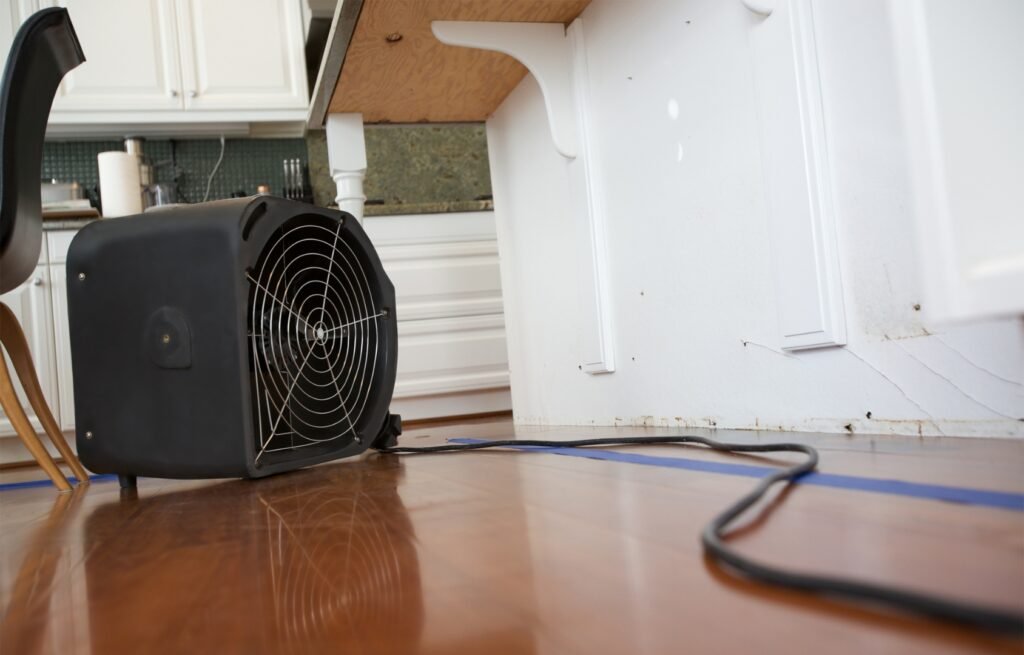
Strengthen Surface Sealing
One of the top waterproofing tips to protect your bathroom and kitchen is to strengthen surface sealing. Applying high-quality sealants to countertops, tiles, and joints helps create a durable barrier against water infiltration.
Over time, worn-out or cracked surfaces can allow moisture to seep in, leading to mold, mildew, and damage. Resealing these areas regularly ensures they remain watertight and safe.
Choose waterproof materials designed for high-moisture environments to maximize protection and maintain long-lasting cleanliness, hygiene, and structural integrity in your home’s most-used spaces.
Conclusion
In conclusion, safeguarding your bathroom and kitchen against water damage starts with applying the Top Waterproofing Tips to Protect your home effectively. From sealing cracks to choosing water-resistant materials, each step plays a vital role in preventing long-term issues.
These practical tips not only help maintain structural integrity but also ensure a healthier, mold-free environment.
Don’t wait for visible damage—be proactive and invest in reliable waterproofing solutions today. A well-protected space adds comfort, durability, and value to your home for years to come.
Discover: Top Basement Waterproofing Methods to Keep Your Home Safe and Dry
FAQ:
Waterproofing prevents water damage, mold growth, and structural issues in high-moisture areas like bathrooms and kitchens.
Seal grout lines, fix leaks promptly, use moisture-resistant materials, and apply waterproof coatings to walls and floors.
Inspect your bathroom and kitchen at least twice a year for signs of leaks, cracks, or dampness.
